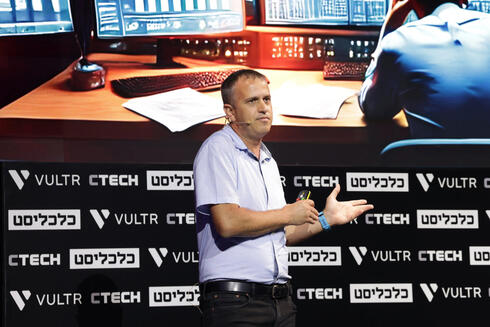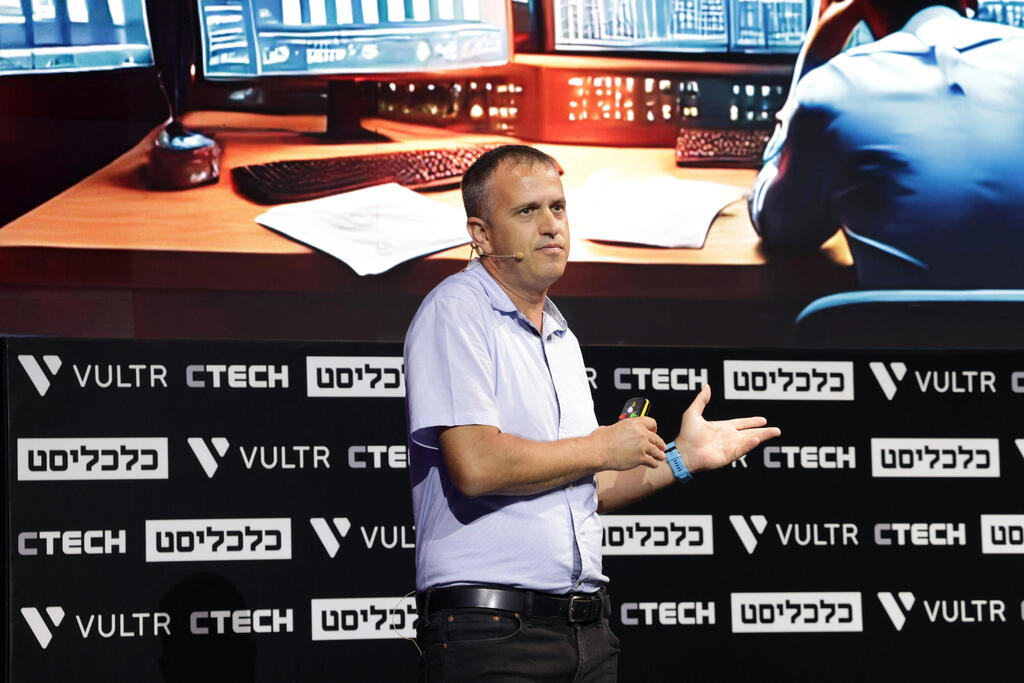
"Artificial intelligence is crucial to managing water infrastructures"
Gil Groskop, VP of Technology at Mekorot, added: "The volume of data today is far beyond what a human operator in a control room can process to create a complete situational picture."
What does big data have to do with water? It turns out that without it, managing water systems effectively today is nearly impossible. As Gil Groskop, VP of Technologies at Mekorot, explained at Calcalist's AI conference, "The field of artificial intelligence is crucial to managing water infrastructures. It presents both challenges and opportunities."
According to Groskop, "The world is flooded with data; the amount we produce is enormous, and the rate of production is exponential. Each of our sensors generates vast amounts of information, which is stored and utilized in command and control systems. For those who remember, back in 2010, data production was costly. Today, the trend has shifted—data production is almost free, and storage costs are minimal. As a result, we now have entire cities of data centers, and Mekorot, the national water company, also handles massive amounts of data. Years ago, we used disks for storage, but today we are producing millions of times more data than those disks could hold. We are overwhelmed by this flood of data."
Groskop continued, "The volume of data today is far beyond what a human operator in a control room can process to create a complete situational picture. The information overload is immense, even for management. That's why we rely on artificial intelligence tools to support decision-making. Without these tools, managing control and operational systems would be impossible. Mekorot manages over 3,000 water supply facilities across the country, and the data flows from local control rooms, often located in bunkers, to a central national control room. Mekorot is a key player in the economy, driving investment in technology. As decision-makers, we face numerous challenges—particularly ensuring functional continuity during emergencies. Water must be supplied continuously, and predicting the behavior of the water network under such conditions is a task beyond human capacity alone."
Groskop also emphasized, "How can a person make accurate, real-time decisions with such vast amounts of data? The reliability and integrity of this data are critical, which is why we have artificial intelligence tools that optimize it, enabling us to make better decisions and improve service reliability. We operate across four technological axes: decision-making, performance improvement, real-time management, and forecasting with simulators. In the decision-making axis, we've developed and implemented numerous operational models that provide insights and help us make optimal decisions. We've also deployed systems that detect operational anomalies and AI-based video analysis tools. In the performance improvement axis, we're focused on running the water supply system efficiently. Augmented reality, combined with AI, enhances the capabilities of our employees. As for forecasting, digital twin platforms allow us to simulate national infrastructure and create future scenarios."














